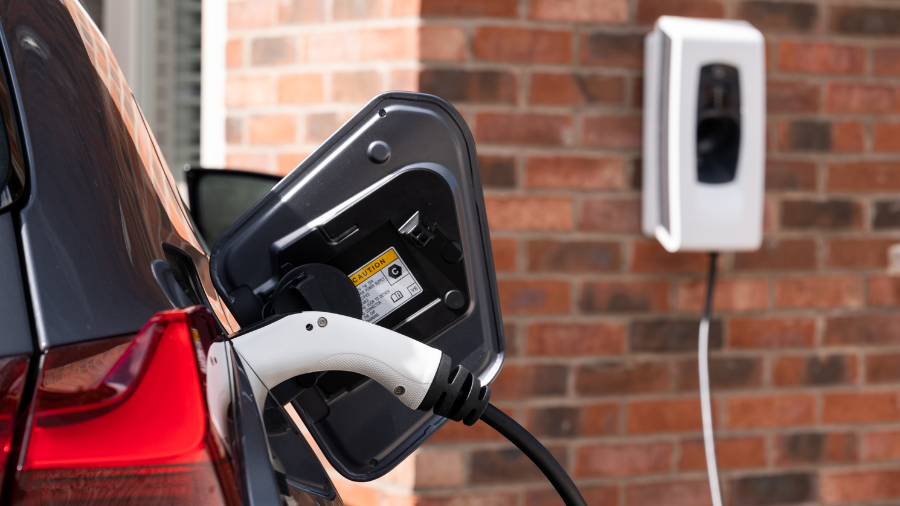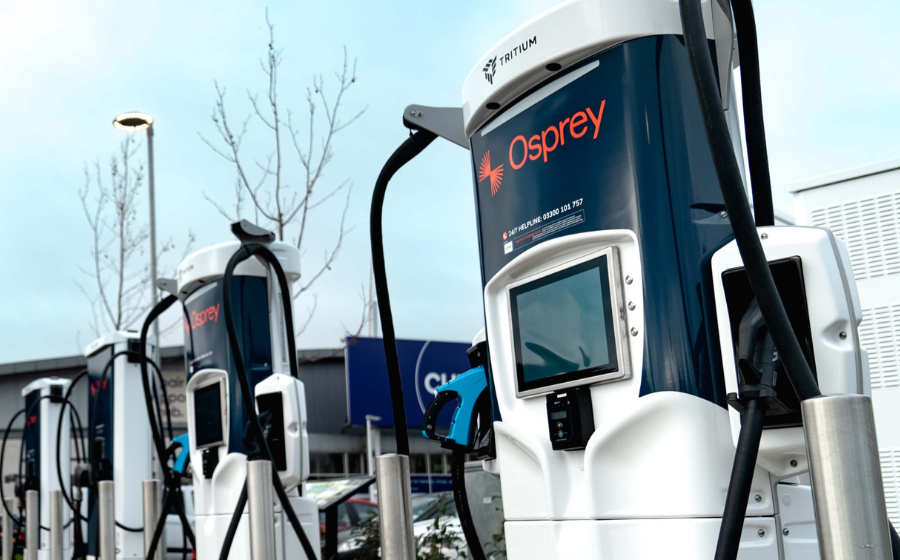Can I charge my electric car with a 3-pin plug?
Dr Euan McTurk talks us through the pros and cons of 3-pin charging – including meltdowns, hot coils and caution.

Are you ready to go electric?
Want to know if an electric car is the right choice for you?
Join in with our simple online quiz to find out more.
Plugs – A modern history…
Before the modern format came in, 3-pin plugs (or granny plugs, as they’re called in the trade), were the only way to charge your electric car. In fact, in parts of Europe, they’re still using that system today.
So if you’re in the middle of nowhere and you need to charge your car, go ahead and use a 10 amp 3-pin plug. It’s certainly better than nothing.
Errrmmmm – is that it for the pros?
Really, I’m afraid it is. There are lots of very good reasons why charging with a 3-pin plug should be the exception rather than the rule.
Let’s start with safety.
That plug will have been designed to cope with short bursts of high power-draw. But when you’re charging an electric car, the vehicle draws a lot of power out of that socket for long periods, potentially overnight. So you’ll have significant heat being generated. If the house’s wiring is old, or maybe not done to the highest standard (which we’ve often found in garages where it’s more of an afterthought), then there is an electrical safety risk.
The car’s cable is doing its job properly – but the plug or socket could overheat and melt.
That’s really scary. Particularly if everyone in the house is asleep when it’s happening.
There’s another possible overheating problem, too, if you’re using an extension cable. The cable in your car has a sensor and, if the socket does get hot, it will probably sense that and stop charging. Your car won’t be charged, but that inconvenience is better than a fire.
But if you’re using an extension lead, then the plug that actually fits into the wall won’t be connected to the temperature sensor. And that’s the one that will get hot. It’s potentially even worse if you haven’t completely unrolled the extension lead, because extra heat will be generated by the coiled cable. You could actually melt the whole cable if you leave it coiled up.
Compelling reasons to approach 3-pin charging with an abundance of caution!
Yes. It’s fine to get you out of trouble on a one-off basis. But day to day, it’s definitely not the way to go. A properly installed, properly rated Type 2 charger (or Type 1 if you have an older vehicle) is designed to supply, say, 7 kilowatts an hour for hours and hours, safely and efficiently. It’s basically over-engineered, so it’s not going to melt!
But of course, that’s not the only benefit you get with a proper charger.
Are smart chargers faster than a 3-pin plug?
So much faster! Most people can get a 7-kilowatt smart charger installed, and that will immediately reduce their charging time by a third of using a 3-pin. If you get home on empty, and need a full charge by the next day, you’ll get that with a charge point.
With the price of electricity being what it is today, is there any cost benefit to a smart charger?
Yes. For example, if you’ve got solar panels, a smart charge point will measure what your car needs and what your house is consuming. It will then pump the difference into your car’s battery without needing to take anything from the grid. So when conditions are right, you’ll be running on free electricity from your happy free-range solar electronics.
The smart charger will handle everything automatically, ramping the power up and down as necessary, switching off if the weather becomes overcast etc. You’ll still have the opportunity to top up from the grid if you need to. If you have an electric car and are planning to install a smart charger, I would definitely say think about adding some solar panels
What if I just have a smart charger?
You can still save money on electricity. Even if your car doesn’t have a charging timer, you can get a smart charger that has one. Link it to your electricity supplier’s off-peak rate and it will only charge your car during the hours when it’s cheapest to do so.
Some very smart chargers even take it a step further – they grab maximum power in half-hour windows when it’s at its very cheapest. No 3-pin plug is smart enough, or fast enough, to match that.
Modern charge points are safe, smart, robust devices, designed to last for years and serve your electric car well. They’re a good investment that will save you money in the long run.
Dr Euan McTurk is a consultant battery electrochemist who runs Plug Life Consulting. He spends most of his time helping industry, academia, government, business and media with everything to do with electric cars. What Euan doesn’t know about electric cars simply isn’t worth knowing.






